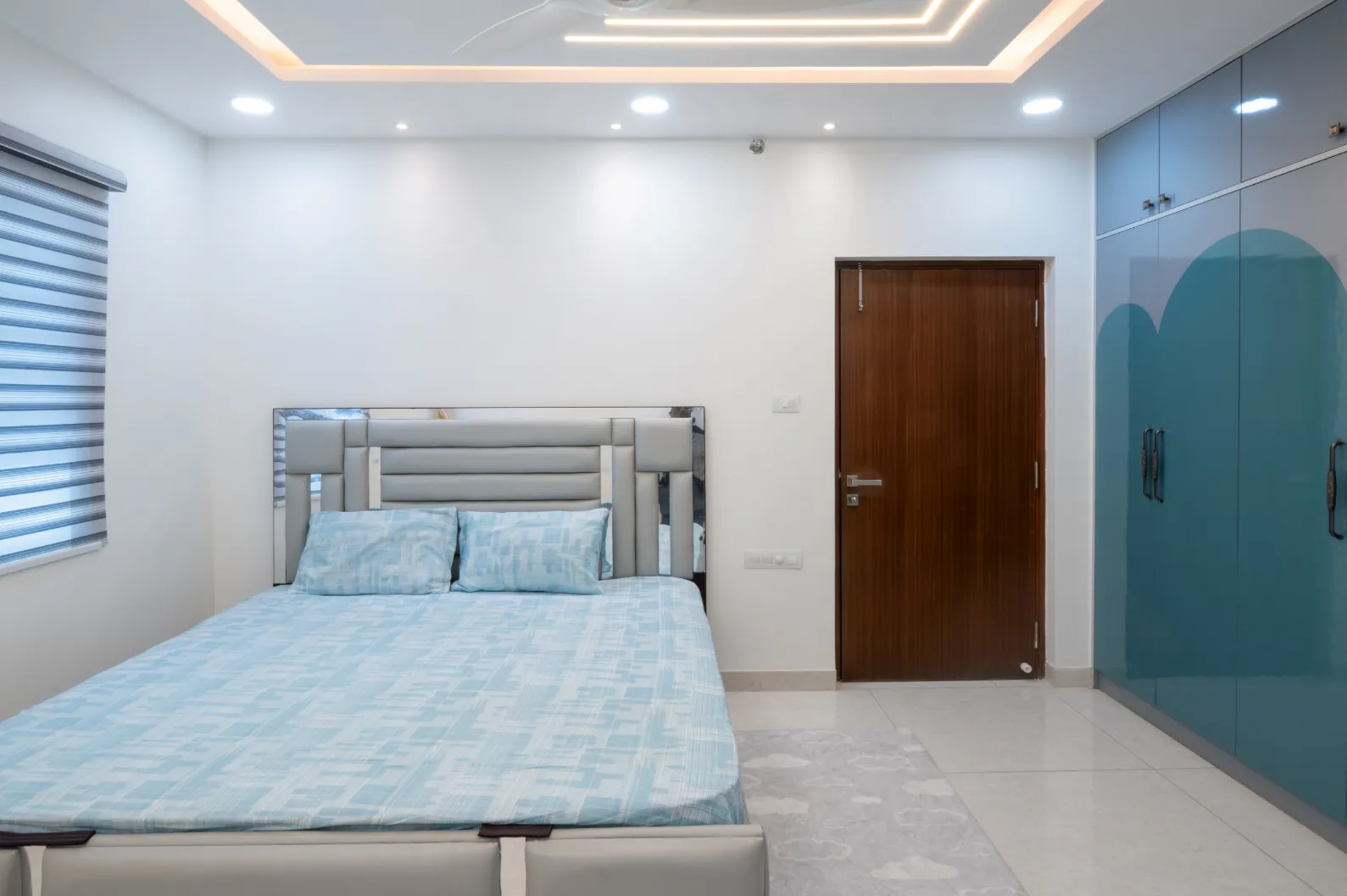There are several ways to create a harmonious balance between style and function in your home. One way to do this is to make sure functional items don’t take up too much space. This works especially well for seating and dining areas. The goal is to create a comfortable space where people feel comfortable.
Create cosier minimalism
Create cosier minimalism in your home by keeping the color scheme light and airy. Lighter walls can maximize natural light and make your room seem larger. You don’t need to stick to bright white, though, because pastels and warm tones work beautifully with minimalism.
Another way to create cozier minimalism in your home is to include textures and throws. These pieces can make even the most minimalist home more inviting. Using geometric patterns and adding textures can make a minimalist space feel more cozy and inviting. Throws, cushions, and rugs are great options for adding a warm touch.
Rustic wooden furniture also looks great in a minimalist home. A rustic wooden bed frame or kitchen table can add charm and character to the room. If you don’t have the budget to buy new furniture, secondhand furniture can add charm to your home. You can also find vintage leather armchairs that are comfortable yet stylish. Leather that has been slightly worn and broken gives off a cozy feeling.
Create asymmetrical homes
Symmetry is a common design concept. Symmetry creates clean, predictable lines and can help you achieve a certain aesthetic. However, not all home designs lend themselves to symmetry. A nonsymmetrical home can be aesthetically pleasing and still have a balance of style and function. The key to achieving this is to consider the layout of your home and choose a design that balances these two factors.
In terms of architecture, asymmetry can be a positive factor. Home design styles can be asymmetrical if they feature varying heights of windows, which is important for achieving visual balance. For example, a Colonial-style home with two garage doors on the front will not be symmetrical if the width and depth are the same. In such cases, adding a counterweight to the entry will help achieve the balance.
Asymmetry also lends itself to visual contrast and movement. It also helps with directional clues. You can achieve this effect using colors, tone, textures, and weight. You can even use negative space to achieve the desired look.
Consider asymmetrical roofs
An asymmetrical roof offers two major advantages. For one, it provides protection against heavy rainfall since its asymmetrical pitch allows water to run off. Secondly, it allows you to build a two-story floor plan on one side of your home. On the downside, it is more complex to construct.
Another option is an asymmetrical gable roof. These are typically found on older Colonial or Cape Cod-style homes. They have an asymmetrical design: the front side of the roof is flat with a slight slope, while the other side is lean-to-style. They provide extra living space for a homeowner, and are especially practical in windy climates.

